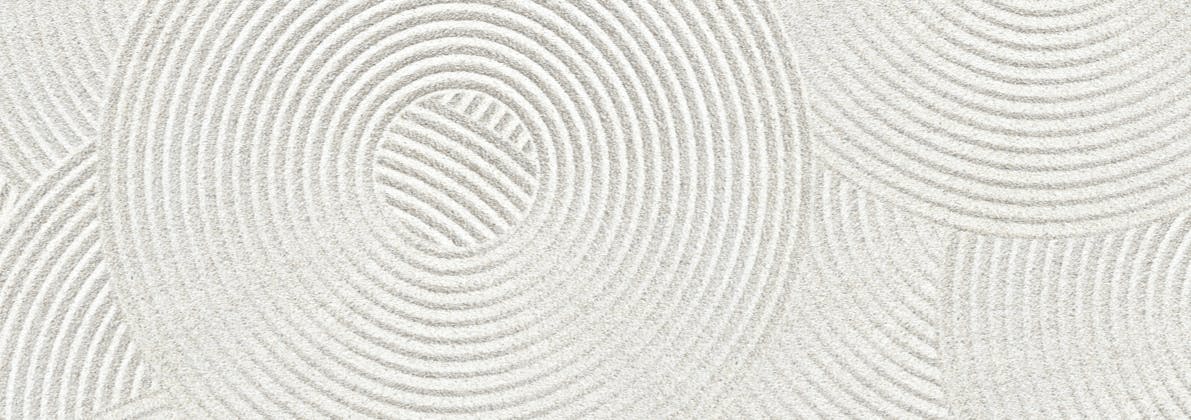
Rhinoplasty, commonly known as a nose job, is one of the most intricate and customizable procedures in cosmetic surgery. The success of rhinoplasty depends on various factors, including the skill of the surgeon, the structure of the patient's nose, and notably, the type and thickness of the patient's skin. Skin type and thickness play a crucial role in determining the surgical approach, healing process, and final aesthetic outcome of rhinoplasty.
Determining Skin Type and Thickness
Before delving into the implications of skin thickness in rhinoplasty, it’s essential to understand how surgeons determine whether a patient has thin, medium, or thick skin. This assessment is typically made during the initial consultation and physical examination.
Factors in Assessing Skin Thickness
Visual Inspection: Surgeons first perform a visual inspection to evaluate the skin's overall appearance. Thin skin tends to show more of the underlying bone and cartilage structure, often appearing more refined but less forgiving of imperfections. Thick skin, on the other hand, may look coarser and more robust but can conceal underlying irregularities better.
Palpation: By gently pinching the skin on the nose, surgeons can gauge its thickness. Thin skin feels less substantial, while thick skin feels denser and may be harder to manipulate.
Medical History: A patient’s medical history can also provide clues about skin thickness. Factors like ethnicity, age, and previous surgeries can influence skin type. For instance, individuals of certain ethnic backgrounds may naturally have thicker skin due to genetic factors.
Imaging Techniques: Advanced imaging techniques, such as 3D photography and digital morphing, help surgeons visualize the skin and underlying nasal structure in detail, aiding in the assessment of skin thickness and planning the surgical approach.
Implications of Skin Thickness in Rhinoplasty
The thickness of a patient's skin significantly impacts the rhinoplasty procedure and its outcomes. Here’s how:
Thin Skin
Advantages:
- Definition: Thin skin allows for precise sculpting of the nasal framework. This can result in a highly defined and refined nasal contour, making subtle enhancements more noticeable.
- Predictability: Surgeons can predict the outcome more accurately because thin skin will closely follow the modifications made to the underlying structures.
Challenges:
- Imperfections: Thin skin makes even minor irregularities and asymmetries more apparent. Any imperfections in the cartilage or bone will likely be visible post-surgery.
- Healing: Thin skin may have a higher tendency to develop scar tissue, which can affect the overall appearance of the nose as it heals.
Surgical Techniques for Thin Skin:
- Precision and Attention to Detail: Surgeons must be exceptionally meticulous in reshaping the nasal structure to avoid any irregularities that could become visible.
- Cartilage Grafts: The use of cartilage grafts can provide additional support and smoothness to the nasal framework, reducing the risk of visible imperfections.
- Post-Surgical Care: Careful monitoring during the healing process and possibly additional interventions, such as steroid injections, can help manage scar tissue formation and ensure optimal results.
Thick Skin
Advantages:
- Concealment: Thick skin can hide minor imperfections and irregularities in the underlying nasal structure, making it more forgiving of subtle asymmetries.
- Aging: Thick skin tends to age better than thin skin, as it maintains its elasticity and volume longer, potentially resulting in more durable aesthetic outcomes.
Challenges:
- Definition: Achieving a highly defined and refined nasal contour can be more challenging with thick skin, as it may obscure the intricacies of the underlying modifications.
- Swelling: Thick skin is more prone to prolonged swelling, which can delay the visibility of the final results and complicate the recovery process.
Surgical Techniques for Thick Skin:
- Reduction of Subcutaneous Tissue: Surgeons may thin the subcutaneous tissue slightly to enhance the definition of the nasal tip and bridge, though this must be done cautiously to avoid compromising skin health.
- Structural Support: Stronger and more substantial cartilage grafts may be used to provide the necessary support and shape under the thicker skin.
- Extended Recovery: Patients with thick skin may require a longer recovery period for the swelling to subside and the final results to become apparent. Surgeons should provide detailed postoperative care instructions to manage swelling effectively.
Customizing Rhinoplasty Techniques Based on Skin Thickness
Given the distinct challenges and advantages presented by different skin types, rhinoplasty surgeons employ various tools and techniques to optimize outcomes for each patient.
For Patients with Thin Skin
Precise Cartilage Shaping: Using delicate and precise techniques to shape the cartilage reduces the risk of imperfections. Surgeons often employ fine instruments and meticulous surgical methods to achieve the desired results.
Soft Tissue Grafts: Using soft tissue grafts can help to smooth out any irregularities and add subtle volume, creating a more natural look while avoiding sharp edges that may be visible under thin skin.
Nasal Implants: In some cases, small, customized nasal implants can provide additional structure and smoothness, enhancing the overall appearance without risking visible imperfections.
Postoperative Care: Careful monitoring and management of scar tissue with treatments such as silicone sheeting, massage, and possibly steroid injections can improve the healing process and outcome.
For Patients with Thick Skin
Strategic Cartilage Support: Utilizing strong cartilage grafts can provide the necessary support to achieve a well-defined shape. Surgeons might use rib or ear cartilage for its robustness.
Subcutaneous Reduction: Thinning the subcutaneous tissue carefully can enhance the definition of the nose. This technique must be performed with caution to avoid compromising the skin's vascular supply and healing capability.
Extended Recovery Plan: Managing patient expectations regarding the longer recovery period due to prolonged swelling is crucial. Surgeons should offer guidance on how to manage swelling and optimize the healing process.
Use of Technology: Employing advanced imaging and planning tools allows surgeons to better visualize the outcome and plan the procedure, taking into account the challenges posed by thick skin.
Conclusion
Understanding the impact of skin type and thickness is paramount in achieving optimal rhinoplasty results. Thin and thick skin each present unique challenges and advantages that must be carefully considered by both the surgeon and the patient. By tailoring the surgical approach and employing advanced techniques, rhinoplasty surgeons can enhance the outcome, ensuring that each patient achieves a natural and harmonious result that complements their facial features.
Ultimately, the success of rhinoplasty lies in the surgeon's ability to customize the procedure to the individual characteristics of each patient’s skin. This personalized approach, combined with careful preoperative planning and postoperative care, ensures that patients can enjoy the benefits of rhinoplasty regardless of their skin type.


